Table of Contents
ToggleIntroduction
This article aims to provide an interesting and informative overview of fruits that fruits that start with E. Knowing and learning about different types of produce can expand our culinary knowledge. Discovering new fruits that may not be common or familiar can inspire us to try new flavors and broaden our palate.
While most people are familiar with common fruits like apples, oranges, and bananas, there are many more intriguing options that start with “E” that are worth discovering. Some of these fruits may be native to certain regions and not as widely available, making them exotic finds. Exploring produce that begins with different letters of the alphabet can be an engaging way to learn about new varieties of fruits from around the world.
In this article, we will explore a diverse range of edible fruits, from berries to tropical varieties, that share the first letter “E.” Understanding the unique qualities, flavors, origins, and uses of these fruits will provide a tasty education for readers.
Elderberry
Elderberry is a deciduous shrub that grows in temperate and subtropical regions of the world. It produces clusters of small, white flowers that develop into dark purple or black berries. The berries have been used for centuries in folk medicine, wines, jams, and syrups.
The elderberry plant can grow up to 30 feet tall and has light gray bark with spongy pith inside the twigs. The leaves are opposite, pinnate with 5-9 leaflets. When the flowers bloom in the summer, they grow in flat clusters approximately 6-10 inches wide.
The berries ripen in late summer or early fall. They are small, around 1/4 inch in diameter, and grow in drooping clusters. Each berry has 3-5 seeds inside. Elderberries have a tart, tangy taste when raw, but develop a sweet flavor when cooked.
Both the flowers and berries of the elderberry plant are edible and commonly used in beverages, jams, pies, and wine. Fruits that start with E, like elderberries, are extremely high in vitamin C and antioxidants. They also contain some vitamin A, B vitamins, iron, and potassium.
Eggfruit
The eggfruit, also known as canistel or Tiburon, is an exotic tropical fruit native to southern Mexico, Belize, Guatemala, El Salvador, and parts of northern South America. It gets its name from the shape and size of the fruit, which resembles a chicken egg.
The eggfruit tree can grow up to 50 feet tall, with elongated oval leaves. The fruit itself is about 3-6 inches long and 2-4 inches wide, with a thin, smooth yellow skin that ripens to a golden orange color. Underneath the skin is a soft, creamy white flesh surrounding several small seeds.
When ripe, the flesh of the eggfruit has a sweet, custard-like flavor and texture, often described as a cross between a baked sweet potato and pumpkin pie filling. The taste is subtly sweet with hints of vanilla. The flesh scoops out easily when ripe and does not have fibers like an avocado.
Eggfruits can be eaten raw, straight out of the skin. They are also popular baked, grilled, or used in custards, ice cream, milkshakes, and other desserts. In some regions, they are referred to as the “eggfruit custard apple.” The fruit is very perishable once picked and best consumed within a day or two.
Elephant Apple
The elephant apple is the fruit of the elephant apple tree, which belongs to the custard apple family Annonaceae. This tropical tree is native to India, Southeast Asia, and Northern Australia. It can grow up to 25 meters tall and has large, glossy green leaves.
The elephant apple fruit is large and round, typically 10-15 cm wide. Its skin is thin but tough and becomes yellow or brownish when ripe. Inside, its cream-colored flesh surrounds several large inedible seeds. The flesh is juicy and creamy with a sweet flavor reminiscent of custard apples.
Elephant apples have a pleasant, sweet taste that some compare to pineapple. When ripe, the flesh is soft and creamy but still holds its shape when cut. The flavor is mildly sweet with notes of vanilla and custard. The fruit can be eaten fresh or used to flavor drinks, desserts, and preserves. Fruits that start with E, such as elephant apples, are tropical delights enjoyed for their unique flavor and versatility.
Emblic
Emblic, also known as Indian gooseberry or amla, is a nutritious fruit native to India. It has been used in Ayurvedic medicine for thousands of years due to its many potential health benefits.
The Emblic fruit is small and round, typically light green to yellow in color. It has a hard outer rind and bitter, astringent flesh inside. Though not commonly eaten raw, Emblic is often pickled, made into jams and chutneys, or dried into candies.
Emblic is prized for its very high vitamin C content. It contains up to 30 times more vitamin C than oranges! It’s also a good source of vitamin A, iron, calcium, and antioxidants. Some studies suggest Emblic may boost immunity, heart health, blood sugar control, and digestion.
The sour, bitter taste of fresh Emblic is quite tart. When ripe, it becomes more sweet and mild. Dried Emblic and products made from it tend to have a more mildly sweet and sour flavor.
Fruits that start with E, like Emblic, are a nutritious and tart fruit that has long been used in Indian cuisine and medicine.
Etrog
The Etrog is a bright yellow citron fruit that is an important symbol in the Jewish religion. It is one of the four species used during the Jewish holiday of Sukkot. The word “Etrog” comes from the Hebrew word “hadar” meaning beauty and splendor.
The Etrog has a thick and bumpy rind and a small amount of acidic pulp inside. It is too bitter to eat raw, but the fragrant rind can be used to make marmalade, liqueur, and citron vinegar. When sliced, the inner white pith of the Etrog exudes a pleasant aroma.
During Sukkot, Jews wave the four species together daily while reciting special blessings. The Etrog is said to symbolize the human heart, as both have chambers inside. Traditionally, an Etrog should be unblemished, whole, and beautiful when used for holiday rituals.
High quality Etrog fruit is cultivated in Calabria, Italy, and parts of Israel. It takes several years for Etrog trees to produce mature fruit. The Etrog is not grown commercially for food consumption but is primarily cultivated for religious purposes. Fruits that start with E, such as the Etrog, are highly significant in religious traditions.
Emu Apple
The emu apple is an unusual fruit native to Australia. Its scientific name is Owenia acidula and it belongs to the Meliaceae family. The emu apple plant is a small tree or shrub that can grow up to 10 meters tall. It thrives in dry woodlands and open forests across northern and eastern Australia.
The most distinctive feature of the emu apple is its fruit. Shaped like a small egg, the fruit has a hard leathery skin that ripens from green to yellow. Inside is a soft, gelatinous pulp surrounding several large seeds. The pulp is edible and tastes similar to a sour apple. Emu apples are about the size of a chicken egg, which is how they got their name. Fruits that start with E, such as the emu apple, offer a unique taste and are a great example of nature’s more exotic offerings
Aboriginal Australians have traditionally eaten emu apples as bushfood. The pulp can be sucked directly from the fruit or made into jams. Emu apples have high levels of vitamin C and are an important source of nutrients for indigenous people. Today, emu apples are still harvested from wild trees in the Australian outback.
Fruits that start with E, such as emu apples, are iconic Australian native fruits with an unusual appearance and flavor. Its unique egg-shaped fruit and adaptation to the dry Australian climate make it an interesting bushfood and botanical curiosity.
Emu Berry
The emu berry is an edible fruit native to Australia that comes from the emu bush plant. Despite its name, the emu berry plant has no relation to emus or any other bird. It gets its unusual moniker from the fact that emus are known to enjoy eating the small, tasty fruits of the emu bush. Fruits that start with E, like the emu berry, are known for their unique flavor and connection to Australian wildlife.
The emu bush (Eremophila glabra) is a woody shrub in the figwort family that can grow up to 13 feet tall in the wild. It thrives in arid habitats and produces bright green leaves and tubular flowers. The small, round emu berries form after flowering and range from red to purple or black when ripe.
The fleshy fruits have a sweet and tart flavor reminiscent of currants or grapes. Though small in size, emu berries pack a nutritious punch. They are high in antioxidants, vitamin C, and other beneficial plant compounds. Traditionally, Aboriginal Australians ate emu berries fresh or dried them into cakes for later use.
Today, emu berry products like jams, wines, and supplements can be found in Australia and abroad. The berries are also used to flavor desserts, teas, and other foods. Their sweet-tart taste and unique name give emu berries international appeal, even though most people have never tasted one fresh off the bush. Fruits that start with E, such as emu berries, have become increasingly popular due to their distinct flavor and versatility.
European Cranberry
The European cranberry bush (Vaccinium oxycoccos) is a small shrub native to northern Europe, northern Asia, and northern North America. It is closely related to the larger cranberry species (Vaccinium macrocarpon) found in North America.
Like the American cranberry, the European cranberry produces edible, tart berries that can be eaten raw or processed into juice, preserves, and other products. The berries have a similar appearance to American cranberries, though they are usually smaller in size.
There are some key differences between the European and American cranberry plants:
- European cranberries grow on low, vine-like shrubs, while American cranberries grow on trailing vines along the ground.
- European cranberry bushes thrive in peat bogs and wetlands, while American cranberries are commercially grown in man-made bogs and flooded fields.
- European cranberries are almost exclusively wild-harvested, while American cranberries are largely cultivated on cranberry farms.
- European cranberries have a more subtle, less tart flavor compared to the distinctive tanginess of American cranberries.
Fruits that start with E, such as the European cranberry, are an important part of the natural ecology of peatland environments. While not as widely grown and used as the American cranberry, the European cranberry remains a popular wild-foraged fruit in northern regions.
Evodia
The evodia fruit, also known as wu zhu yu or evodia rutaecarpa, is a citrus-like fruit native to China, Japan, Korea, and other parts of Asia. Evodia trees produce small, round fruits about the size of a large grape. The fruit has reddish-brown, textured skin and tender, juicy flesh inside. Evodia fruits have a tangy, sour taste reminiscent of lemons or limes.
In traditional Chinese medicine and other Asian medical systems, evodia fruit has been used for centuries to treat digestive issues. The bitter components in evodia are thought to stimulate digestion, alleviate abdominal pain, and relieve nausea or vomiting. Evodia also has anti-inflammatory effects and may be used to treat headaches or joint pain. Some herbalists prescribe evodia to improve appetite and address fatigue or lethargy. Fruits that start with E, such as evodia, are valued in traditional medicine for their therapeutic benefits.
The essential oil and extracts from evodia fruit contain active compounds like evodiamine that give the fruit its therapeutic properties. In Asia, evodia is commonly consumed as a tea, tincture, or ingredient in herbal formulas. More research is still needed to fully understand evodia’s medicinal benefits, but its long history of use suggests it may be an effective natural remedy. Fruits that start with E, such as evodia, offer intriguing potential for medicinal use due to their unique properties.
Exotic Fruits
Some of the more exotic and lesser known fruits that start with E include:
- Emblic – Also known as Indian gooseberry, Emblic is a small, green fruit with a tart, astringent taste. It’s commonly used in Ayurvedic medicine and Indian cuisine.
- Etrog – A citron fruit that resembles a large lemon, the Etrog is used ceremonially by Jewish people during the holiday of Sukkot.
- Rambutan – A tropical fruit native to Southeast Asia, rambutan has a hairy red and green exterior and a sweet, translucent interior. It has a grape-like flavor.
- Longan – Sometimes called dragon’s eye, Longan is an exotic, juicy fruit native to China and Southeast Asia. It has a white, grape-like pulp inside a brown hairy peel.
- Mangosteen – With a hard purple rind surrounding juicy, sweet white segments, Mangosteen is a popular tropical fruit from Southeast Asia prized for its unique flavor.
These unusual fruits provide unique flavors and textures not found in more common fruits. Seeking out and trying exotic fruits that start with E can be an adventurous and delicious experience.
Conclusion
In summary, we covered a diverse range of fruits that start with E. Some of the key fruits highlighted include:
- Elderberry – A dark purple berry popular for jams, juices, wine, and antioxidants
- Eggfruit – A tropical fruit with a white pulp and egg-like shape
- Elephant Apple – A large round fruit with thick skin found in tropical climates
- Emblic – Also called Indian Gooseberry, a sour fruit high in vitamin C
- Etrog – A fragrant citrus fruit used in Jewish religious ceremonies
- Emu Apple – A reddish oval fruit native to Australia
- Emu Berry – A tart wild berry found in parts of Australia
- European Cranberry – A small red berry similar to North American cranberries
- Evodia – An East Asian fruit used medicinally and for tea
While not an exhaustive list, this article covered some of the most notable and unique fruits that start with E. Exploring the diversity of nature’s bounty is an endless journey.


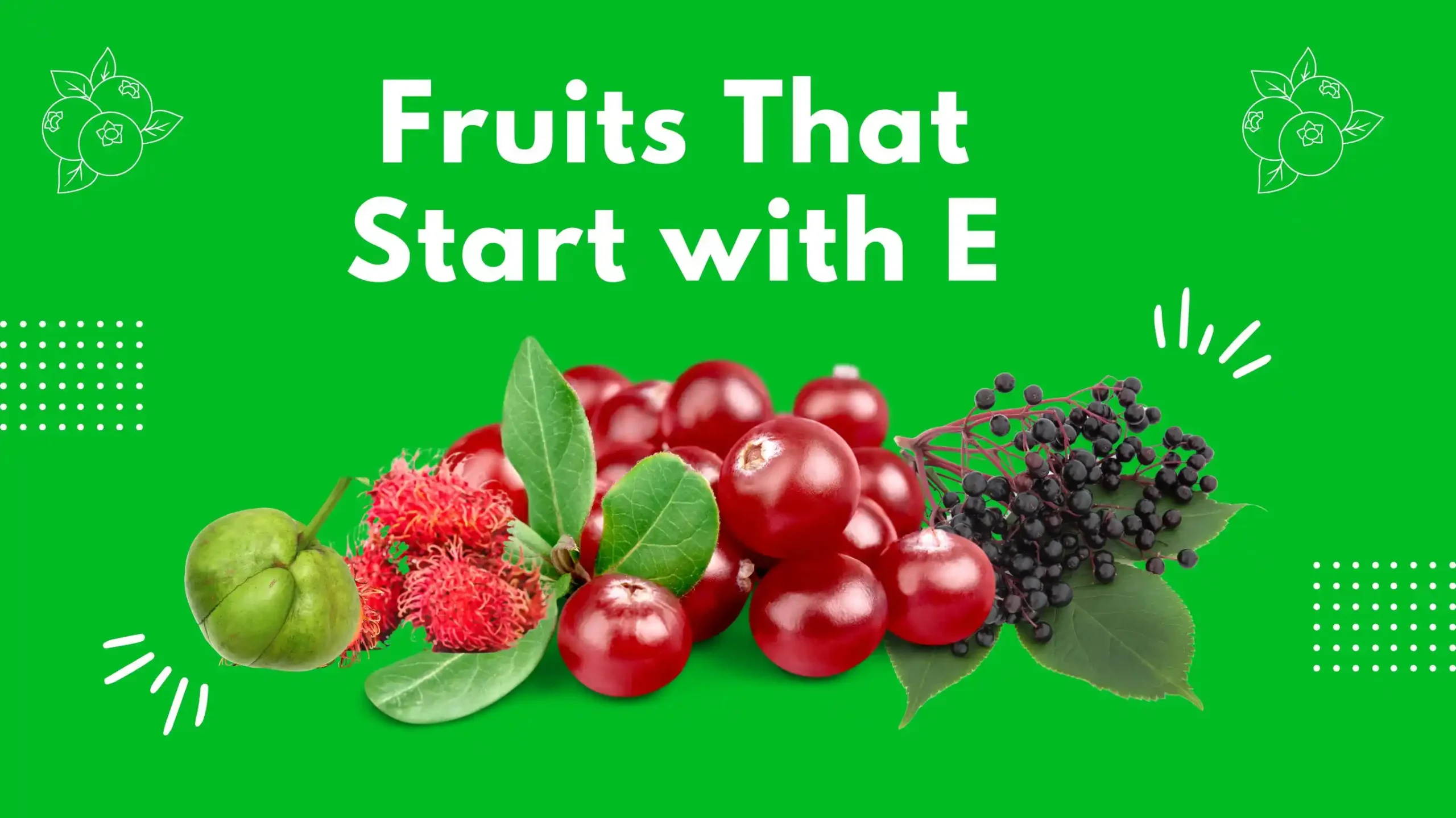
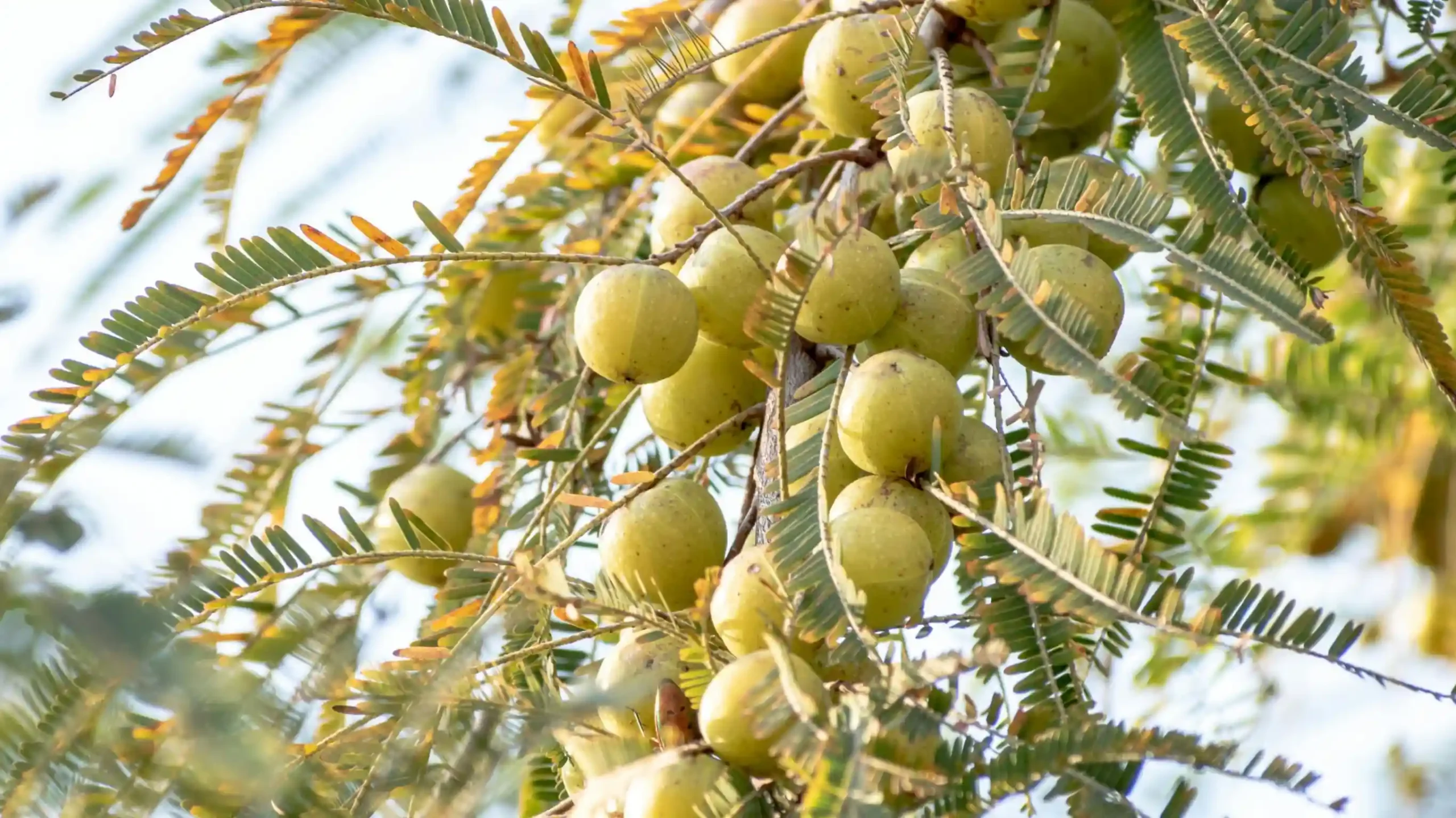
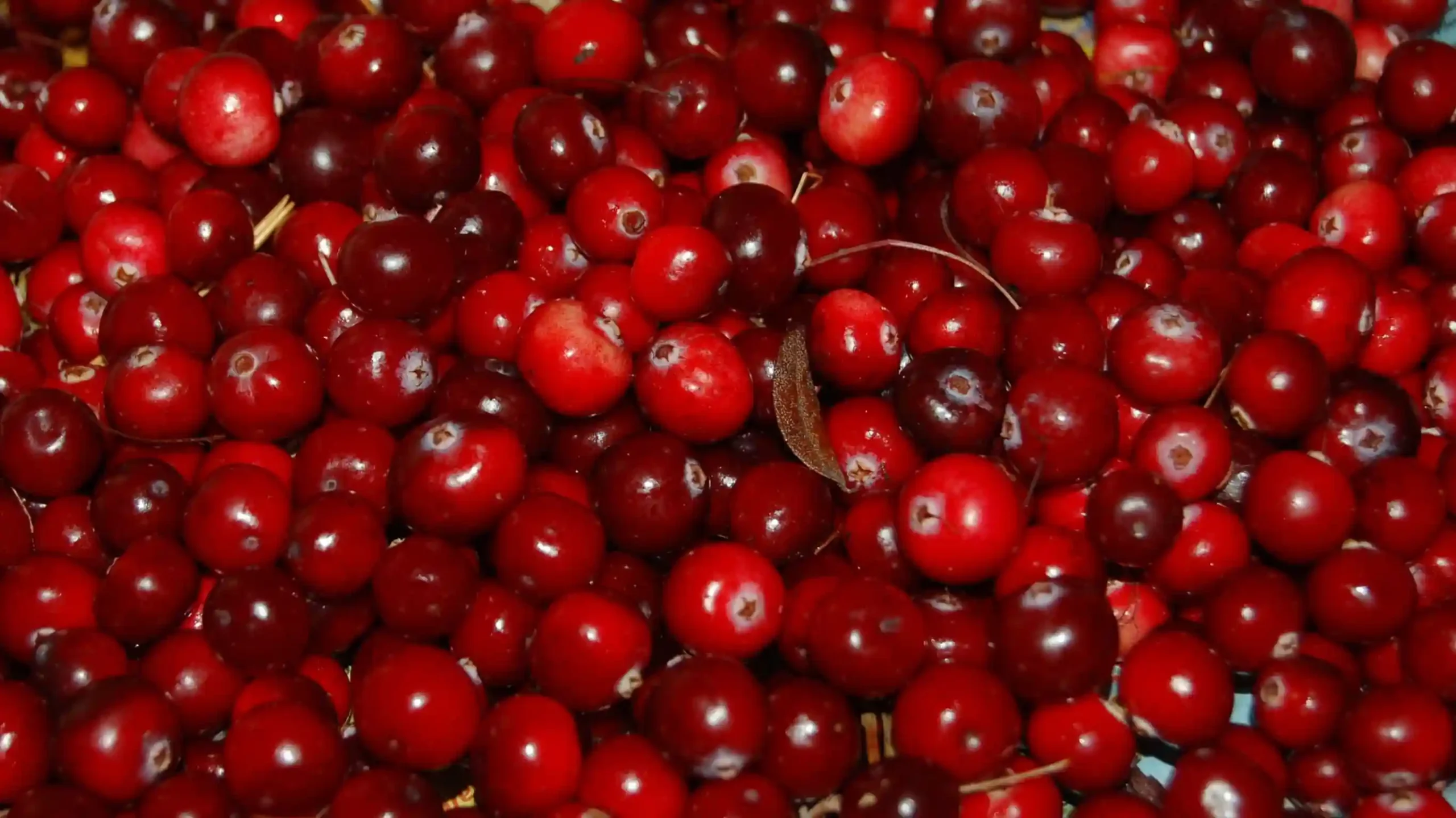
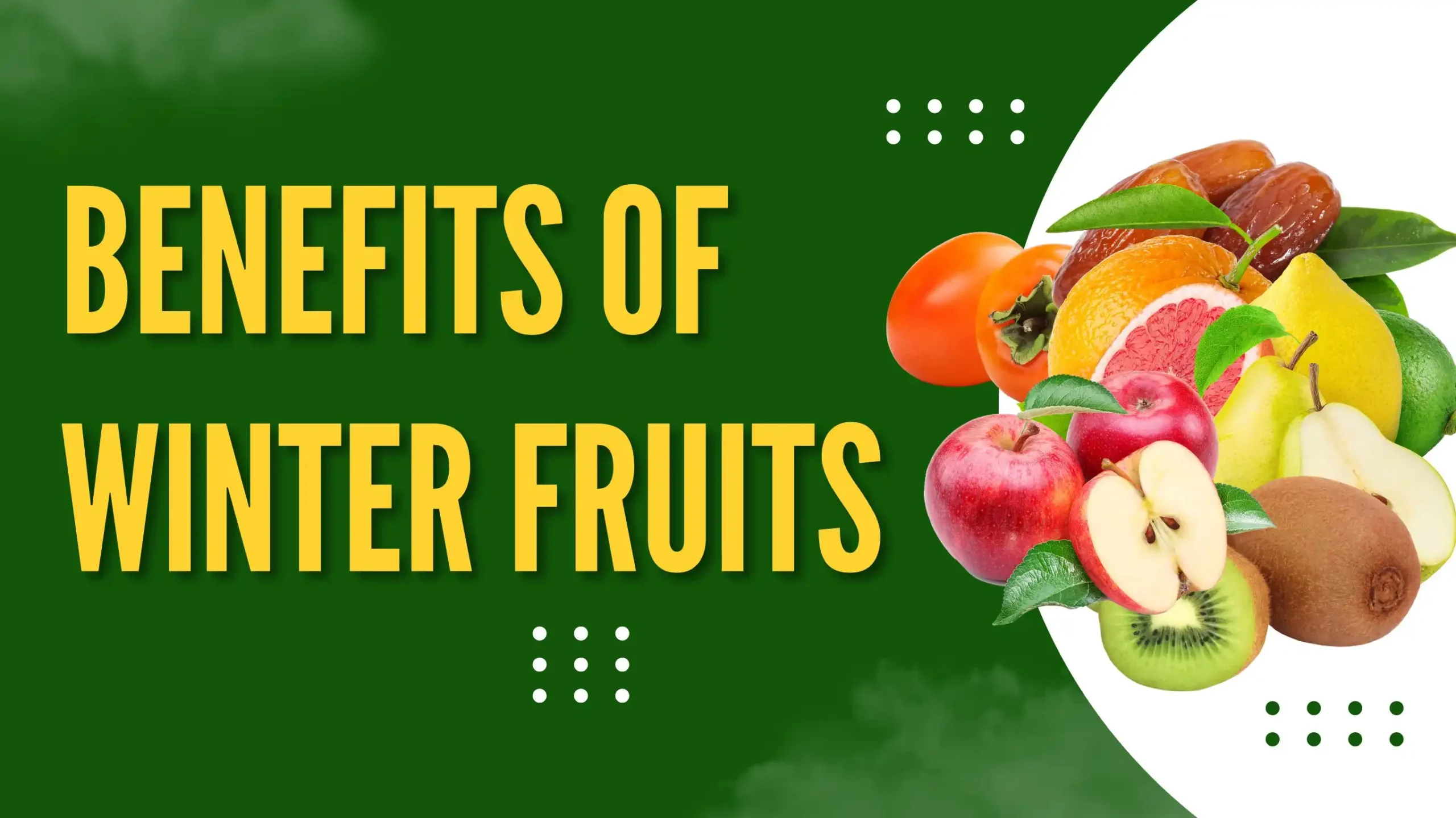

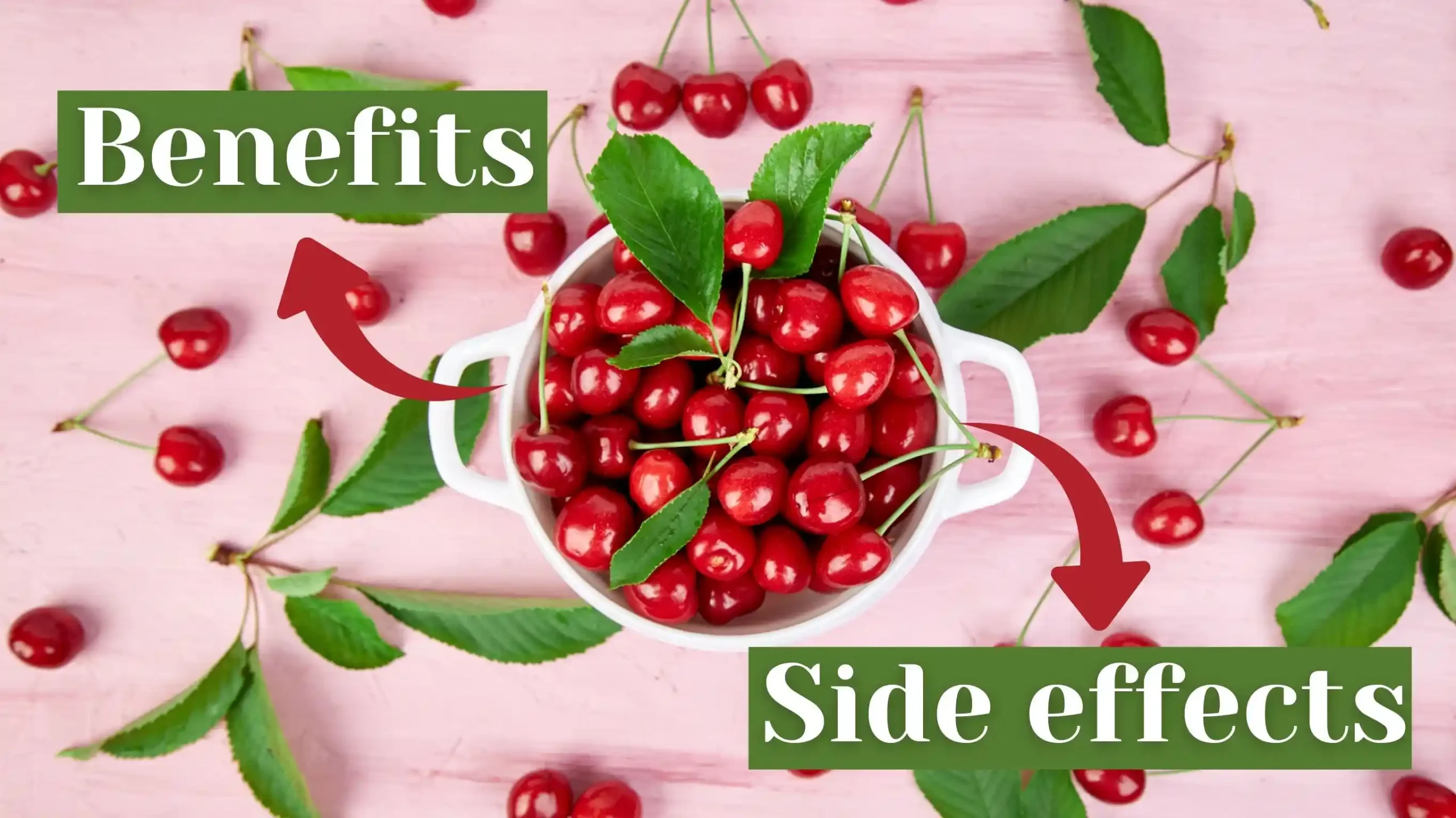
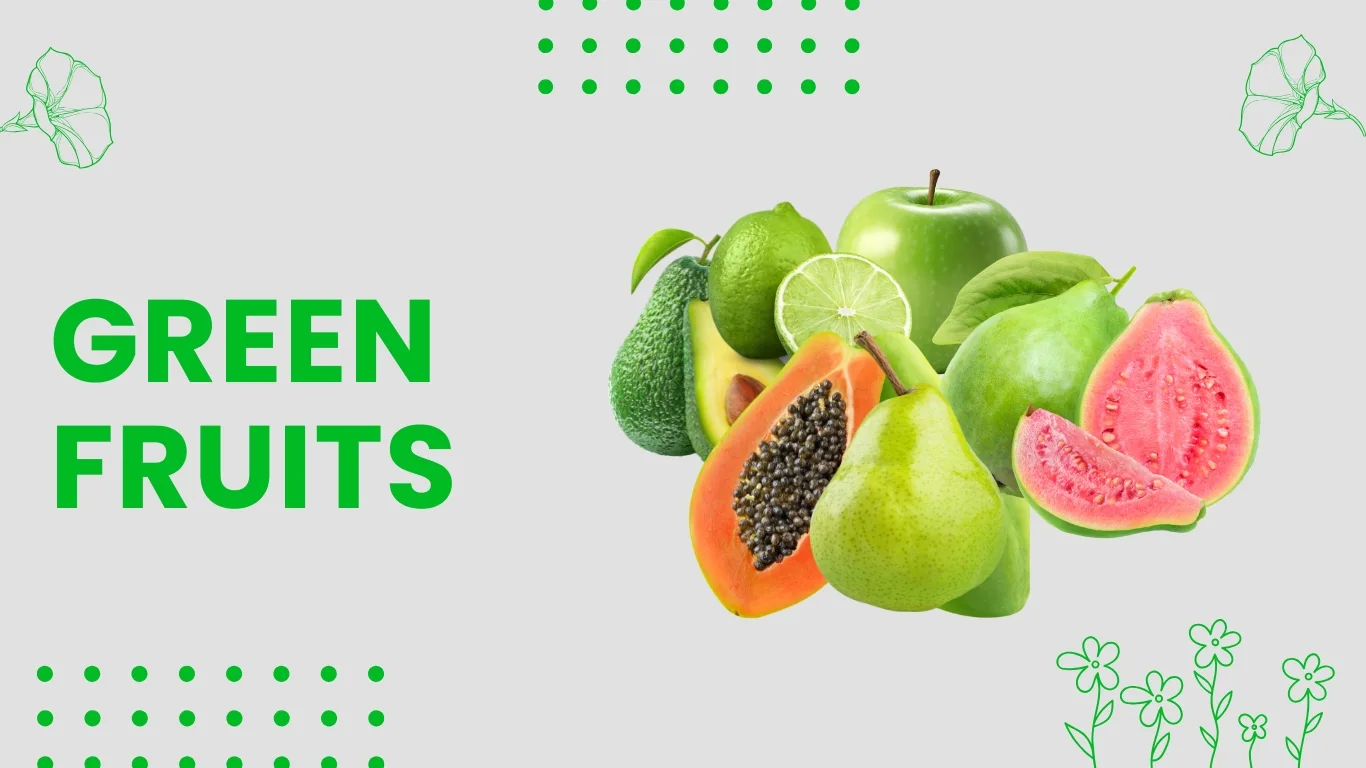
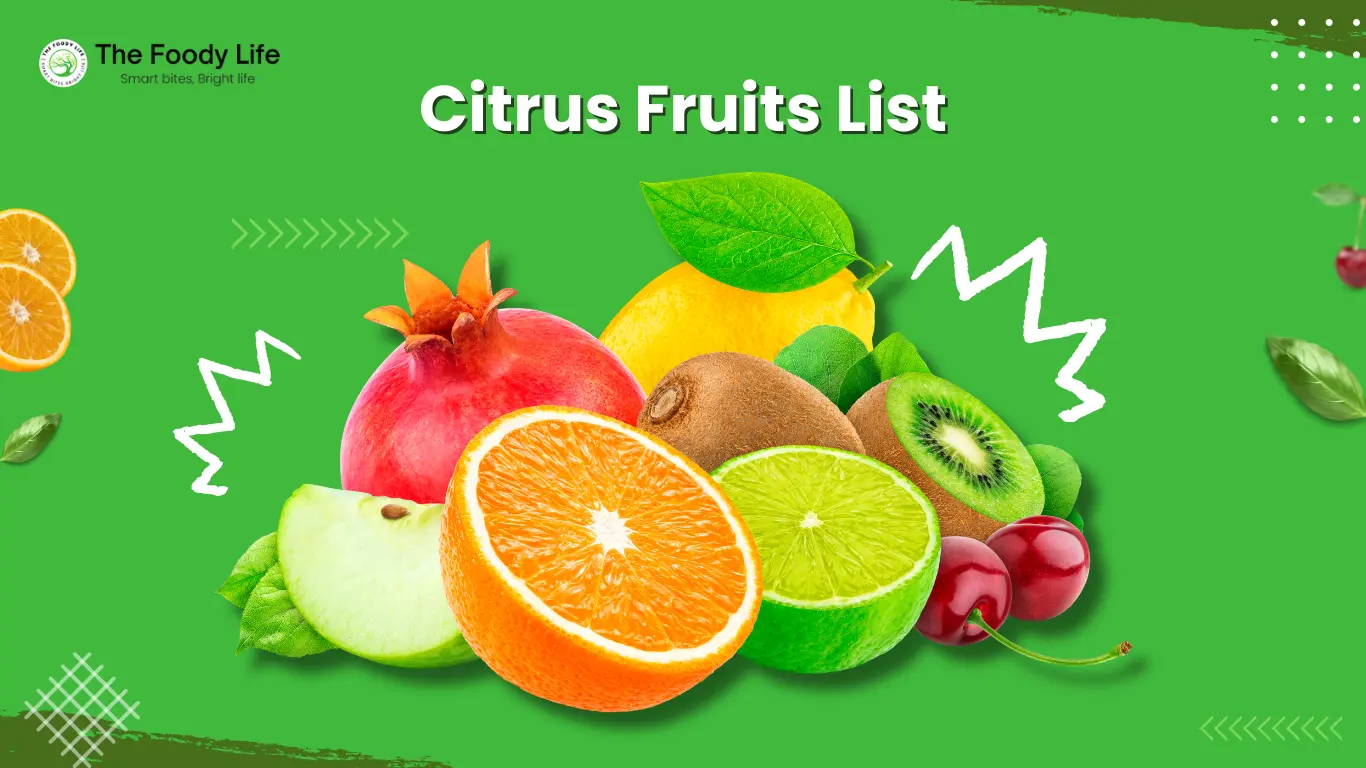

3 thoughts on “One-of-a-Kind Fruits That Start with E – The Foody Life”
Your writing is like a breath of fresh air in the often stale world of online content. Your unique perspective and engaging style set you apart from the crowd. Thank you for sharing your talents with us. SLOT DANA GOPAY
I do believe all the ideas youve presented for your post They are really convincing and will certainly work Nonetheless the posts are too short for novices May just you please lengthen them a little from subsequent time Thanks for the post
Hi i think that i saw you visited my web site thus i came to Return the favore I am attempting to find things to improve my web siteI suppose its ok to use some of your ideas